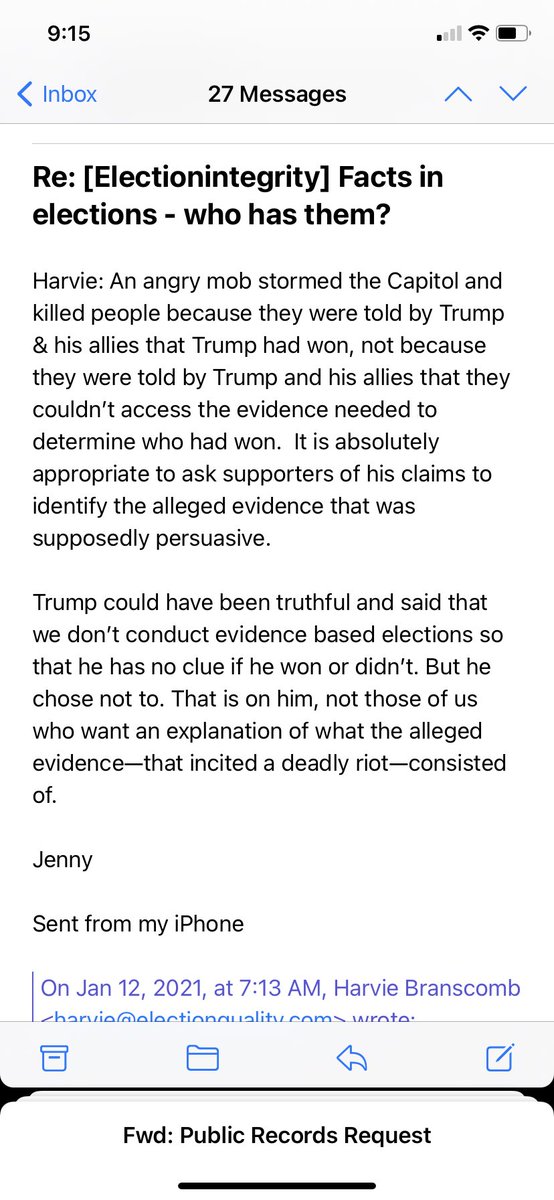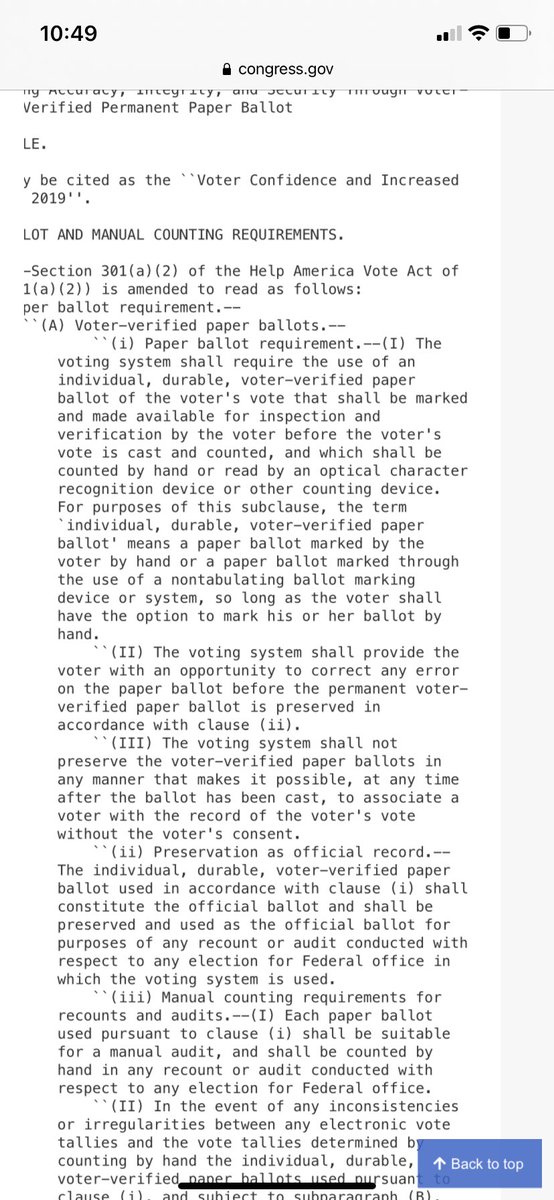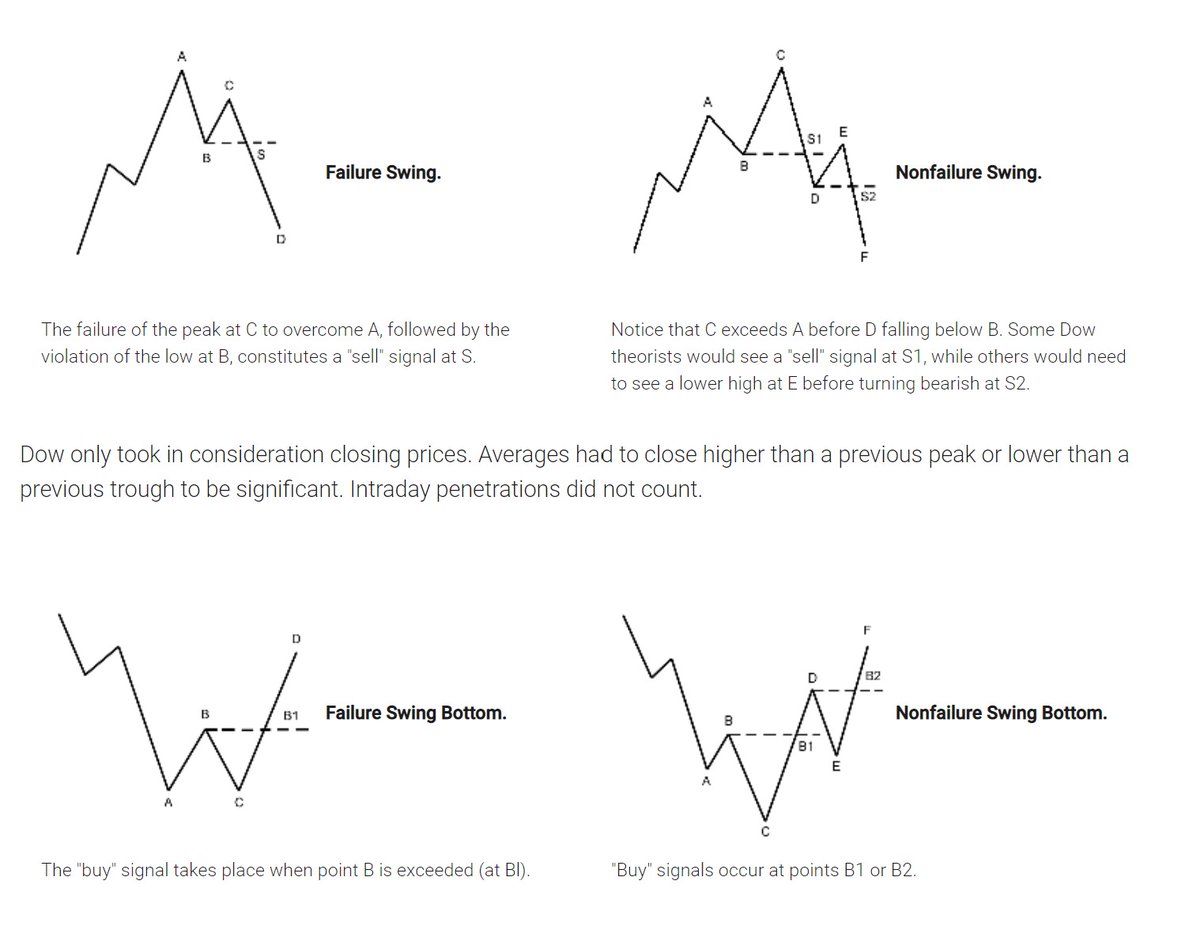Good news! The New York State Board of Elections voted yesterday to REJECT certification of ES&S’s ExpressVote XL all-in-one barcode ballot marking device (BMD), a glitchy & hackable touchscreen that ES&S has hoped officials would stupidly buy in lieu of pen and paper. 1/
It\u2019s official. The @NYSBOE rejected the certification of the ExpressVote XL.
— Common Cause NY (@commoncauseny) January 28, 2021
Now lawmakers should pass legislation that bans hybrid machines like the ExpressVote XL for good. https://t.co/hE83CTdgiJ
More from Jennifer Cohn ✍🏻 📢
Even HR1 did not require that jurisdictions give all voters the option to mark their ballots by hand AT THE POLLS. The House has not even warned the public about the dangers of new touchscreen ballot marking devices. Pls do that NOW. TY.
— Jennifer Cohn \u270d\U0001f3fb \U0001f4e2 (@jennycohn1) April 24, 2019
Expert Report: https://t.co/I2EWvFIQEH pic.twitter.com/euekDq65mr
I have not looked at other aspects of HR1. It addresses more than election security. The #SAFEAct shld be the starting point for election security reform in my opinion. 2/
HR1 requires that all voters have the option to mark their ballots by hand. But it does not specify that, for jurisdictions with in person voting, the hand marked (pen & paper) option must be available for in person voting (vs it only being an option w/ vote by mail). 3/
HR1 may still be a good start. But it does not go nearly far enough on election security. Here are my suggestions for election security. Maybe these could be addressed in a later bill, but we shld keep them on our radar. 4/ https://t.co/mNdHrvwHcN

The key section is 1502. IMO, it shld add the following. “For jurisdictions that offer in person voting, the option to mark a paper ballot by hand must be offered at the in-person polling location; giving this option only for vote by mail won’t suffice for such jurisdictions.” 5/

2/ “CNBC captured a screenshot of tweet before it was deleted.
Kirk recently said on his podcast that those from Turning Point got back on their buses & left following the conclusion of the rally.”
3/ Thread
Here are some of the mainstream donor advised funds who contributed to Turning Point USA, a cosponsor of the protest that preceded the deadly attack on the Capitol.
— Eli Clifton (@EliClifton) January 11, 2021
They helped anonymize contributions for donors.
These numbers are just from each group's most recent tax filing.
4/ 😳
when you brought 80 buses of people to an insurrection and want your audience of republican millionaires to forget it pic.twitter.com/phnvCVzJw9
— John Whitehouse (@existentialfish) January 11, 2021
5/
How did 26-year-old Charlie Kirk go from living with his parents to a waterfront condo? Over a short period of time, his pay from the pro-Trump charity he co-founded rose to 300k. https://t.co/k9UO83awsi
— ProPublica (@propublica) January 13, 2021
Very good that Rep Raskin is showing the long, consistent history of Trump instigating violence. This context is necessary. They should extend documentation to Trump's advisors -- like Roger Stone calling for a "bloodbath" since 2016 if Trump loses an election #ImpeachmentTrial
— Sarah Kendzior (@sarahkendzior) February 11, 2021
More from Society
You May Also Like
As a dean of a major academic institution, I could not have said this. But I will now. Requiring such statements in applications for appointments and promotions is an affront to academic freedom, and diminishes the true value of diversity, equity of inclusion by trivializing it. https://t.co/NfcI5VLODi
— Jeffrey Flier (@jflier) November 10, 2018
We know that elite institutions like the one Flier was in (partial) charge of rely on irrelevant status markers like private school education, whiteness, legacy, and ability to charm an old white guy at an interview.
Harvard's discriminatory policies are becoming increasingly well known, across the political spectrum (see, e.g., the recent lawsuit on discrimination against East Asian applications.)
It's refreshing to hear a senior administrator admits to personally opposing policies that attempt to remedy these basic flaws. These are flaws that harm his institution's ability to do cutting-edge research and to serve the public.
Harvard is being eclipsed by institutions that have different ideas about how to run a 21st Century institution. Stanford, for one; the UC system; the "public Ivys".
Here I will share what I believe are essentials for anybody who is interested in stock markets and the resources to learn them, its from my experience and by no means exhaustive..
First the very basic : The Dow theory, Everybody must have basic understanding of it and must learn to observe High Highs, Higher Lows, Lower Highs and Lowers lows on charts and their
Even those who are more inclined towards fundamental side can also benefit from Dow theory, as it can hint start & end of Bull/Bear runs thereby indication entry and exits.

Next basic is Wyckoff's Theory. It tells how accumulation and distribution happens with regularity and how the market actually
Dow theory is old but
Old is Gold....
— Professor (@DillikiBiili) January 23, 2020
this Bharti Airtel chart is a true copy of the Wyckoff Pattern propounded in 1931....... pic.twitter.com/tQ1PNebq7d





















